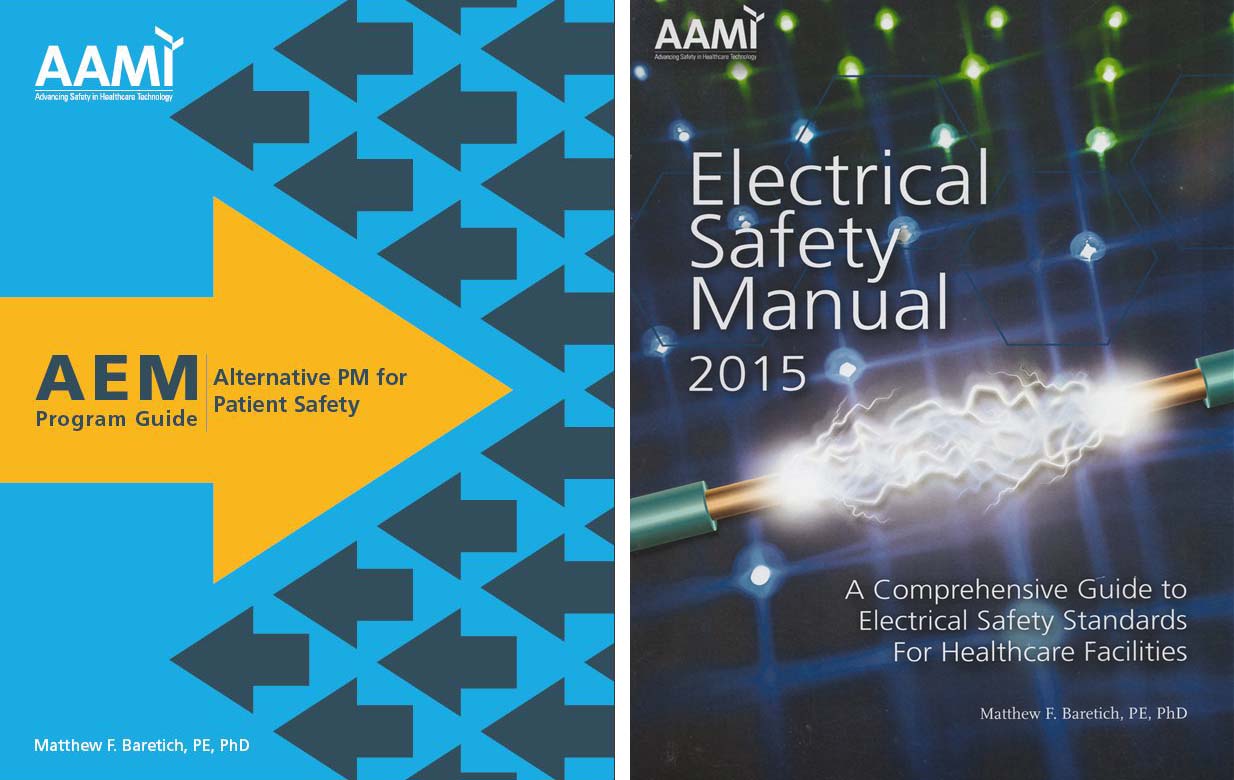Healthcare delivery is a highly-regulated enterprise. Medical devices and healthcare facilities are subject to a bewildering array of codes and standards.
Examples of applicable codes are the National Electrical Code (NFPA 70), the Life Safety Code (NFPA 101), and the Health Care Facilities Code (NFPA 99). There are regulations from the Centers for Medicare and Medicaid Services (CMS), the Food and Drug Administration (FDA), the Occupational Safety and Health Administration (OSHA), and other federal agencies — plus regulations from individual states and other government jurisdictions. There are also standards from accrediting organizations like the Joint Commission, DNV GL Healthcare, the Healthcare Facilities Accreditation Program (HFPA) — and from professional organizations like CAP (College of American Pathologists) and AABB (formerly the American Association of Blood Banks).
The first step toward compliance is to determine which codes and standards are applicable to your organization. Some of these, like the National Electrical Code, may have the force of law in your jurisdiction. Others, like the standards of accrediting organizations, are voluntary, albeit essential for participation in the healthcare delivery system. If I’m trying to run a healthcare organization, I need to know every AHJ (Authority Having Jurisdiction) that has requirements I need to meet.
I often across statements like “NFPA requires” this or that. The National Fire Protection Association has dozens of codes and standards (optional, unless required by one of your AHJs) that are updated periodically. At a minimum, you must specify which code or standard you’re referring to and which edition. For example, NFPA 99 (2018) is the current edition of the Health Care Facility Code; however, CMS and the Joint Commission enforce the 2012 edition of NFPA 99 — and your state may enforce a different edition (with or without amendments).
Similarly, the Joint Commission has a variety of accreditation programs that address various healthcare facilities and services: hospitals, critical access hospitals (small hospitals meeting certain criteria), ambulatory health care, behavioral health, and so on. The requirements of these programs are updated annually (and sometimes more often). Sorting it out, and determining what is actually required, can be challenging.
One way Baretich Engineering helps organizations with compliance is by developing guidance material. The 2015 edition of the Electrical Safety Manual collects healthcare-specific material from numerous codes and standards. The manual provides practical recommendations for compliance, including sample policies.
Our AEM Program Guide clarifies the sometimes-confusing requirements for “Alternative Equipment Maintenance” programs now authorized by CMS and the Joint Commission. The publication offers guidance for optimizing the use of maintenance resources while preserving patient safety and adhering to accreditation standards.

In our Clinical Engineering practice, we conduct formal assessments of medical equipment management programs. These assessments have been conducted across the United States in healthcare facilities and systems of all sizes. After reviewing compliance levels, we make recommendations for improvement and, if needed, work with you to implement changes.
In our Forensic Engineering practice, we are often asked about what codes and standards were applicable at the time of an adverse event and how the organization’s level of compliance might have influenced the event. We can help you home in on the critical requirements.
References
Electrical Safety Manual (2015). Association for the Advancement of Medical Instrumentation.
AEM Program Guide (2018). Association for the Advancement of Medical Instrumentation.
How to Meet CMS and TJC Power Strip Requirements. AAMI News. November 2017.
How to Write a Medical Equipment Management Plan. 24×7. March 2016.
